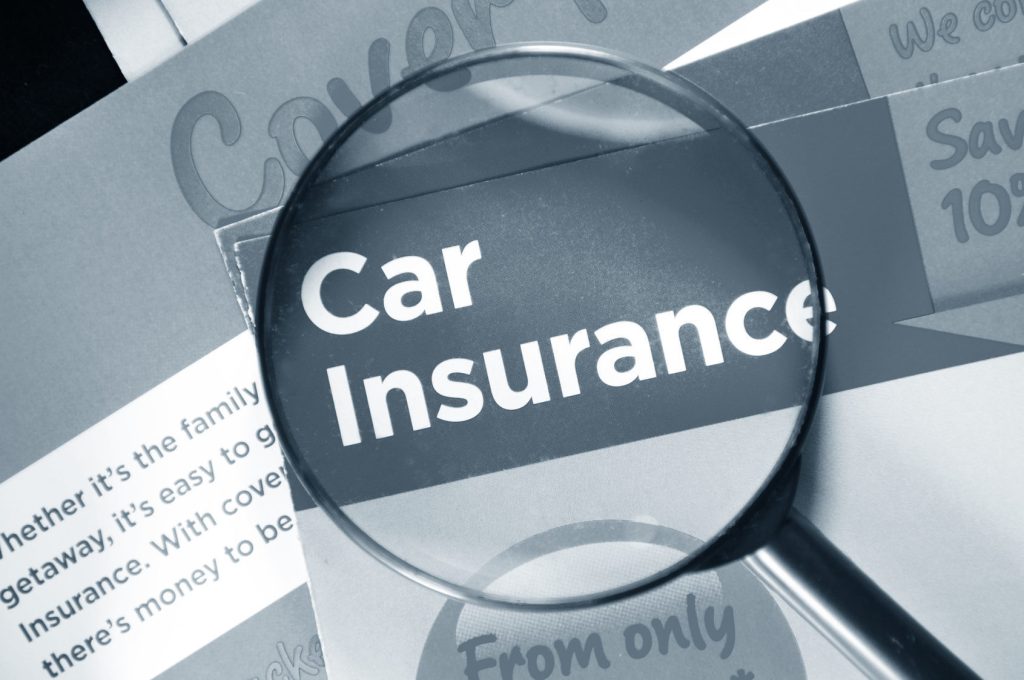In the intricate web of financial responsibilities that come with owning a vehicle, one significant component often weighs heavily on the minds of motorists – the cost of car insurance. According to a recent report by Insurify, the average yearly premium for full-coverage car insurance in the state of New York stands at a notable $3,374, marking it as one of the 10 states with the highest premiums.
Insurify’s comprehensive analysis unveiled that New York’s elevated car insurance costs can be attributed to a combination of factors, primarily its densely populated urban landscape and a unique legal element – the supplemental spousal liability insurance law.
In contrast to the state-specific average, the national average for annual car insurance premiums is comparatively lower at $2,019. This discrepancy highlights the considerable variation in insurance costs across different states, with New York leading the pack in terms of higher premiums.
The states sharing the podium with New York in this insurance cost marathon include Nevada, Florida, Delaware, and Louisiana, rounding up the top five. Louisiana, holding the fifth position, stands out as a state where drivers allocate a significant portion of their income to car insurance, with Insurify reporting that drivers in the state devote 4.7% of their income to cover their vehicles.

Read more:
- Neglect of HIV-positive inmate’s health alleged in California jail, says lawsuit
- Danger to AI innovation from state and local involvement
- Hochul sidesteps ‘Under the Hood’ test amid school bus driver shortfall
- $300K Fine Imposed on NY Midwife for Fake Vaccine Fraud
This upward trend in insurance premiums is not exclusive to New York; the report indicates a broader nationwide increase. Full-coverage car insurance premiums witnessed an average rise of $386 in the past year, reaching the current national average of $2,019. The preceding year recorded an average of around $1,633, reflecting a noticeable surge in insurance costs over a relatively short span.
Insurify’s estimations for the coming year project a 7% increase in the price of car insurance. This forecast considers certain elements of cost stabilization within the industry. As motorists gear up to face potential hikes in insurance premiums, the financial burden associated with vehicle ownership continues to be a crucial aspect of budgetary considerations.
Meanwhile, the landscape of the automotive industry provides an interesting backdrop. Recent data reported by Kelley Blue Book reveals an average transaction price of $48,759 for new vehicles in December, indicating a 2.4% decrease from the previous year. This shift in pricing dynamics underscores the nuanced relationship between car insurance costs and the broader economic landscape, where fluctuations in one sphere can have ripple effects on the other.
For those in the market for used vehicles, Kelley Blue Book notes an average listing price of approximately $26,446. As consumers navigate these fluctuating economic currents, the decision-making process around vehicle purchases involves not only assessing the initial cost of acquisition but also factoring in ongoing expenses, including insurance premiums.
As new car purchases experience an uptick in demand, the implications for insurance costs become increasingly pertinent. Motorists find themselves at the intersection of evolving economic trends, where the interplay between insurance premiums and the broader automotive landscape paints a dynamic picture of financial considerations in the realm of vehicle ownership.















+ There are no comments
Add yours